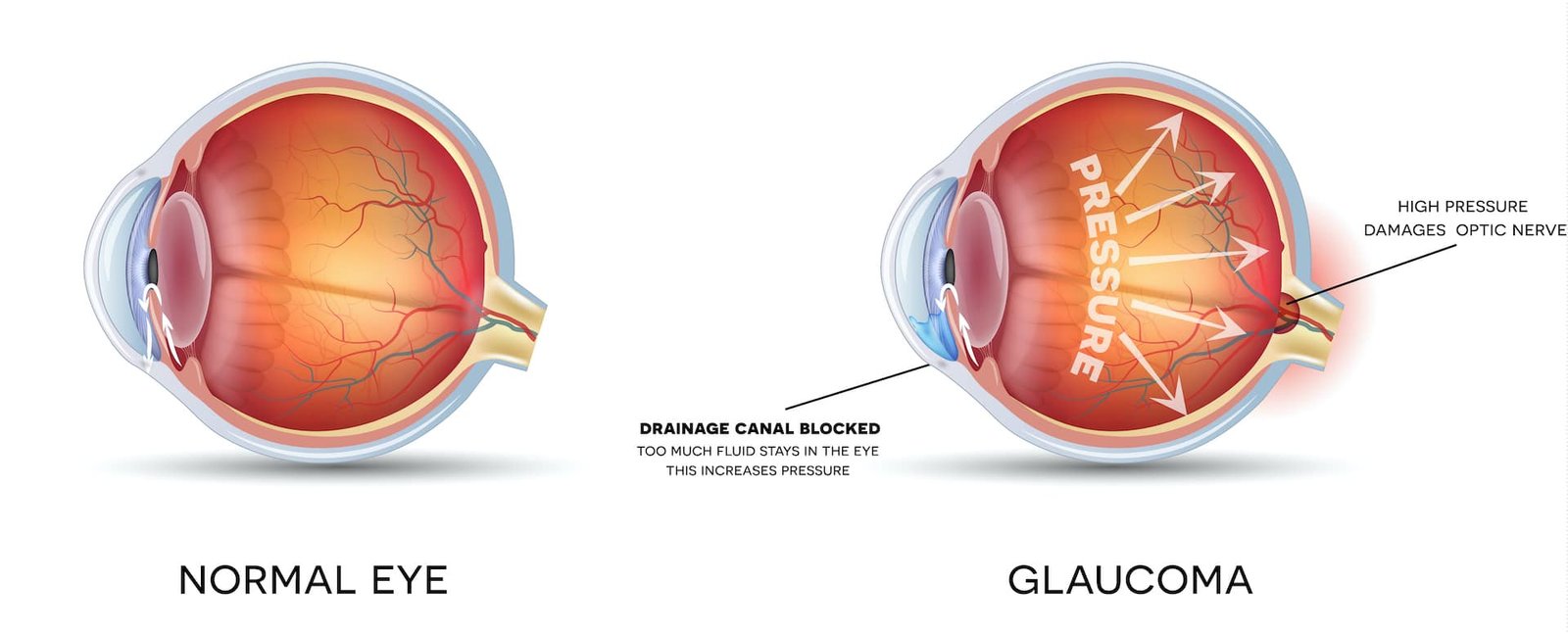
Glaucoma or ‘Kala Motia’ is a condition where increased intraocular pressure damages the optic nerve thereby leading to defective vision. Glaucoma is a disease of the eye that slowly and painlessly takes away your sight. That’s the reason it is called ‘Silent Thief of Sight’.

Glaucoma is a major cause of blindness. It has been identified to be the second most common cause of blindness worldwide. About 60 million people are estimated to be affected by glaucoma. Of these about 11.2 million cases are from the Indian subcontinent.
There are typically no early warning signs or painful symptoms of open-angle glaucoma. It develops slowly and sometimes without noticeable sight loss for many years. By the time a patient is aware of vision loss, the disease is usually quite advanced. But some may experience the following and should get their eyes screened for glaucoma.
It is important for each of us to have our eyes checked regularly, because early detection and treatment of glaucoma are the only way to prevent vision impairment and blindness. Some of the risk factors are
Glaucoma can be diagnosed even before one has symptoms using various tools.
The goal of treatment is to prevent further loss of vision.
Vision loss from glaucoma is irreversible.
What is the most common type of glaucoma?
This develops when the trabecular meshwork becomes less efficient in draining fluid. As this happens, the eye pressure (intraocular pressure) gradually rises. The raised pressure damages the optic nerve.
Damage to the optic nerve can occur at different pressures among different individuals. The ophthalmologist determines a target pressure for an individual that will protect his/ her optic nerve from further damage. Different individuals have different target pressures.
Yes, in some people the optic nerve may get damaged at an eye pressure that is below the normal eye pressure of 21 mm Hg. They are said to suffer from normal tension glaucoma.